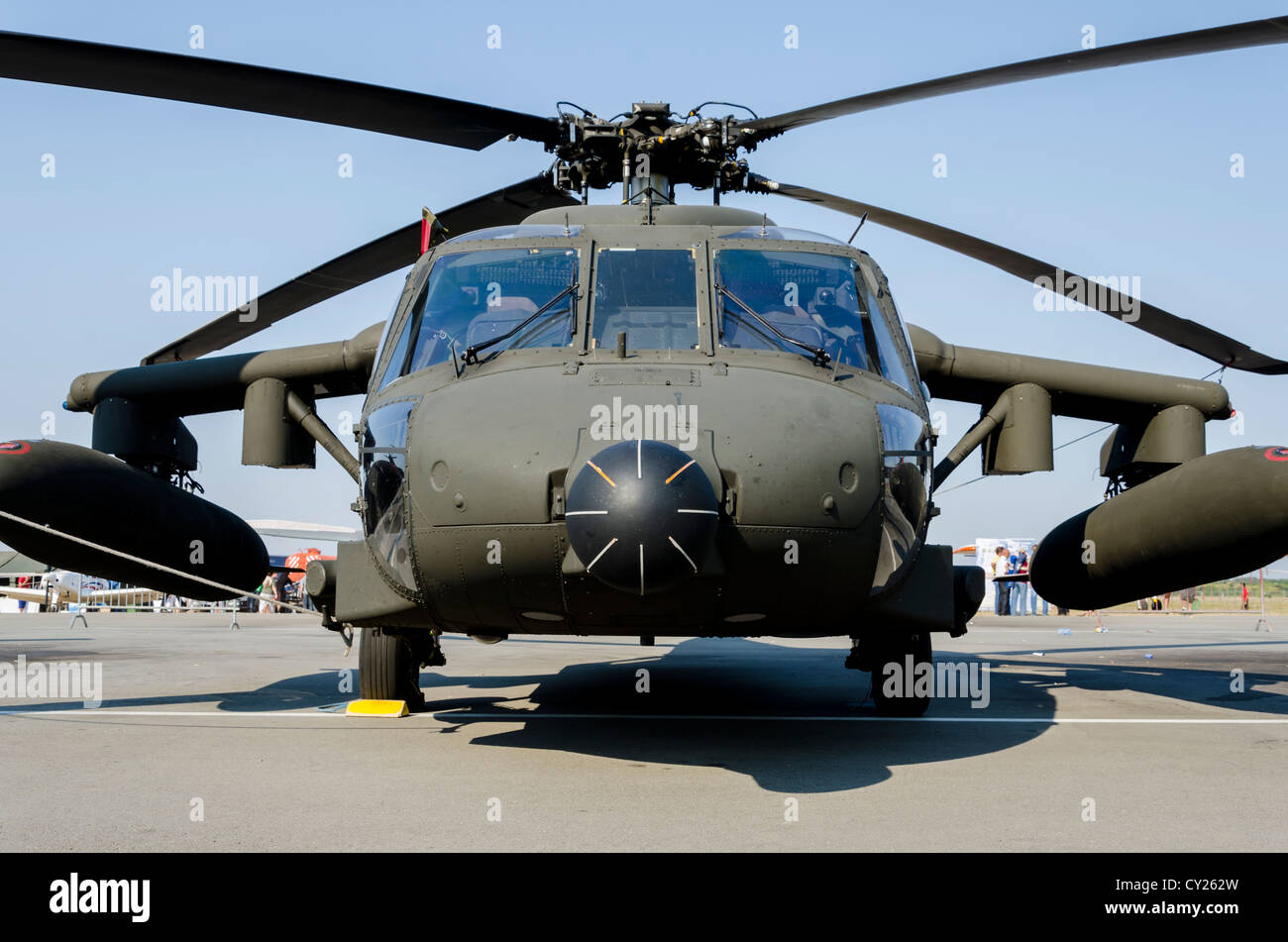Rotary-Wing Aircraft Offering Superior Longevity and Precision Design
In the realm of air travel, rotary-wing aircraft have actually long been identified for their special capabilities in different operational settings. As we discover the intricate equilibrium between innovation and reliability in rotary-wing airplane, it comes to be evident that the convergence of innovative innovation and tried and tested layout concepts has established a new requirement for performance and effectiveness in the aerospace industry.
Evolution of Rotary-Wing Innovation
Throughout the background of air travel, the evolution of rotary-wing technology has been a testimony to continuous technology and advancement in aeronautical design. From the early days of upright flight with rudimentary styles to the innovative helicopters and other rotary-wing aircraft these days, the progress in this field has been amazing.
In the early 1900s, pioneers like Igor Sikorsky and Juan de la Cierva made significant strides in rotary-wing technology. Sikorsky's VS-300 helicopter, first flown in 1939, marked a turning point in the development of functional rotary-wing aircraft. This success led the way for further developments in upright flight capacities.

Today, rotary-wing airplane play important roles in various fields, including army operations, emergency medical services, law enforcement, and business transport. The evolution of rotary-wing technology remains to push the limits of what is possible in upright trip, guaranteeing that these airplane continue to be crucial possessions in the air travel industry.
Materials and Building And Construction Innovations
Showing a blend of advanced products and exact building techniques, rotary-wing aircraft have gone through considerable advancements in durability and performance. One of the essential innovations in products made use of for rotary-wing aircraft is the enhancing usage of composite materials.
Furthermore, the integration of sophisticated layers and surface area therapies has actually played a vital function in improving the durability of rotary-wing airplane. These coatings provide protection against deterioration, abrasion, and extreme weather, extending the lifespan of the aircraft and reducing maintenance requirements.
In terms of building advancements, additive production, additionally understood as 3D printing, has changed the manufacturing of facility elements for rotary-wing airplane. This modern technology permits rapid prototyping and customization, leading to quicker advancement cycles and lowered costs. On the whole, the continuous advancement of materials and construction strategies is driving the abilities and efficiency of rotary-wing airplane to brand-new elevations.
Precision Trip Control Solution

The integration of GPS innovation additionally boosts the accuracy and dependability of these systems, permitting exact navigation, waypoint monitoring, and automated flight control. sikorsky s 70. This level of accuracy not just enhances the security of rotary-wing operations but likewise boosts overall operational efficiency and mission efficiency
In addition, the constant improvements in fabricated intelligence and machine understanding have actually assisted in the growth of independent trip capacities within Precision Flight Control Solution. This makes it possible for rotary-wing aircraft to carry out complicated objectives with unmatched precision and consistency, making them crucial properties in a broad array of applications, including army operations, search and rescue objectives, and airborne digital photography.
Sturdiness in Challenging Environments
In requiring functional setups, rotary-wing airplane show remarkable durability and toughness, ensuring ideal performance under tough environmental problems. These aircraft are created to withstand a variety of ecological variables, consisting of extreme official website temperatures, high winds, and rough surface, making them fit for numerous goals in varied landscapes.
One key variable adding to the durability of rotary-wing airplane is their tough building. These airplanes are constructed utilizing high-quality materials useful reference and advanced design techniques to enhance their structural honesty and dependability. Additionally, parts such as rotor blades, engine systems, and landing gear are diligently developed to endure the anxieties and stress encountered during procedures in difficult atmospheres.
In addition, rotary-wing aircraft are furnished with innovative onboard systems that keep track of efficiency metrics in real-time, enabling positive maintenance and early discovery of prospective concerns - sikorsky s 70. This positive technique assists prevent unforeseen failures and makes sure the continued airworthiness of the airplane popular operational settings. On the whole, the longevity of rotary-wing aircraft in tough settings is a testimony to their remarkable design and design, making them indispensable assets for numerous mission-critical operations
Upkeep and Integrity Criteria
The adherence to rigid upkeep and reliability standards is extremely important in making certain the optimal efficiency and safety of rotary-wing airplane. Regular maintenance checks, performed by licensed specialists, are vital to recognize and resolve any type of prospective concerns before they endanger the aircraft's capability. These checks encompass a thorough exam of all essential elements, consisting of the engine, blades system, avionics, and hydraulic systems, to ensure that they are in prime functioning condition.
Moreover, adherence to set up maintenance intervals according to manufacturer standards is important for supporting the aircraft's dependability. This proactive method aids protect against unanticipated failures and guarantees that the aircraft continues to be airworthy for its intended missions. In addition, the execution of robust dependability criteria, such as regular component screening and substitute based upon predetermined lifecycles, better enhances the airplane's dependability.
Conclusion

In verdict, the developments in rotary-wing aircraft technology have brought about premium longevity and precision design. With innovative materials and building and construction methods, along with precision trip control systems, these aircraft can run in challenging settings with raised reliability. The upkeep and integrity standards make sure that these rotary-wing airplane remain to execute at their ideal, making them hop over to these guys crucial assets for different industries.
Demonstrating a fusion of cutting-edge products and precise construction strategies, rotary-wing airplane have actually undergone considerable improvements in durability and performance. One of the key advancements in products utilized for rotary-wing aircraft is the enhancing use of composite products.With thorough focus to information and progressed technological integration, rotary-wing aircraft have embraced Precision Flight Control Systems as a cornerstone of their operational quality. Overall, the sturdiness of rotary-wing aircraft in difficult atmospheres is a testament to their exceptional engineering and layout, making them vital assets for different mission-critical procedures.
In conclusion, the innovations in rotary-wing aircraft technology have led to exceptional toughness and accuracy engineering.